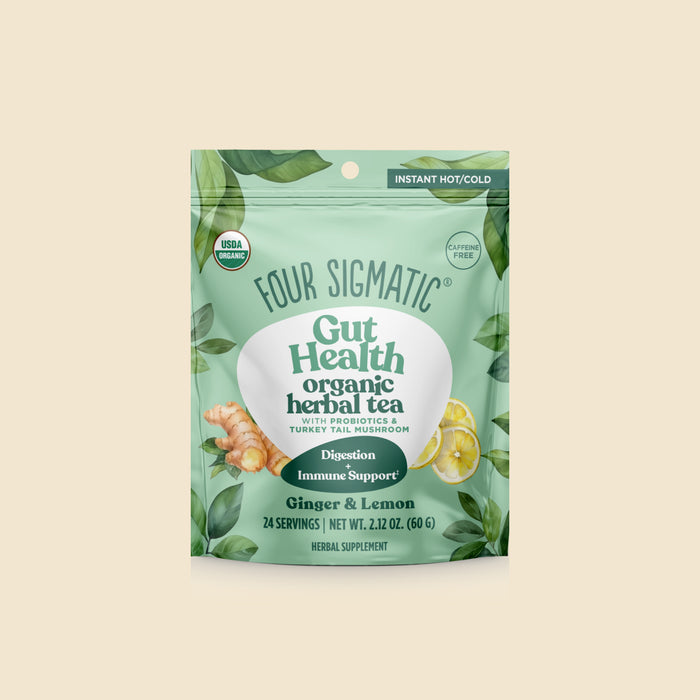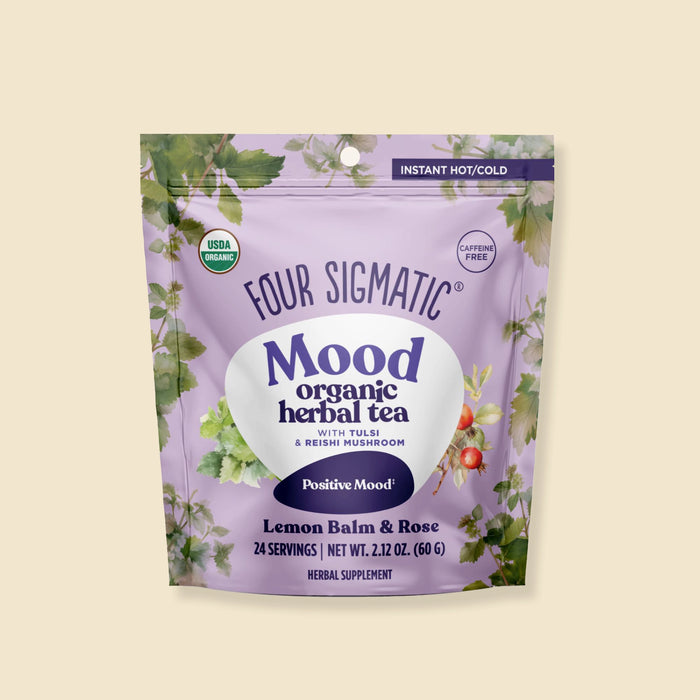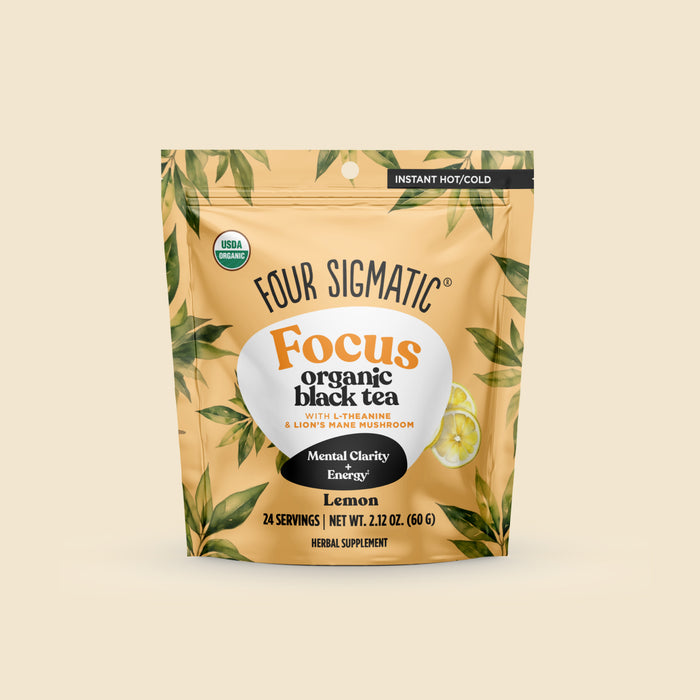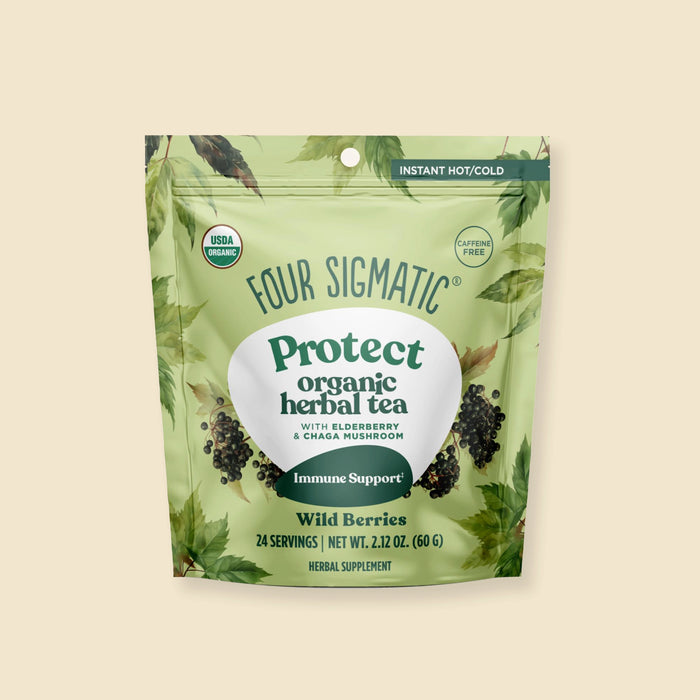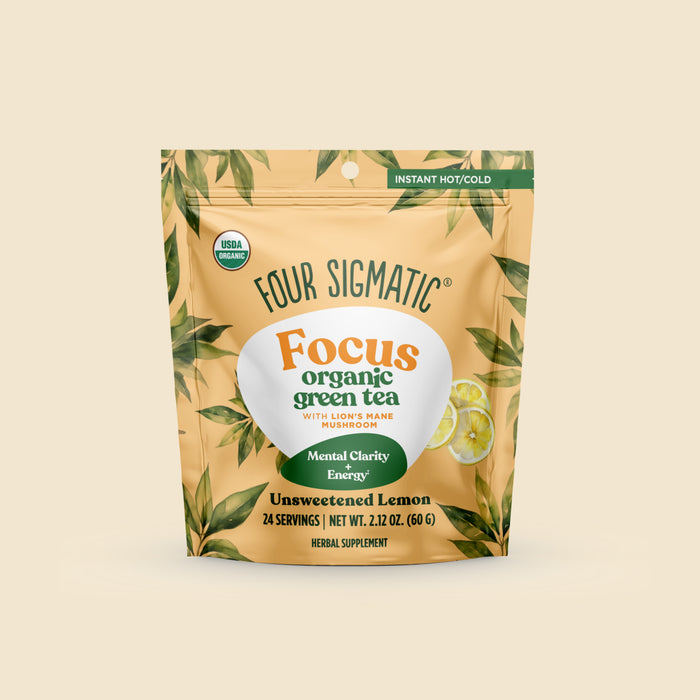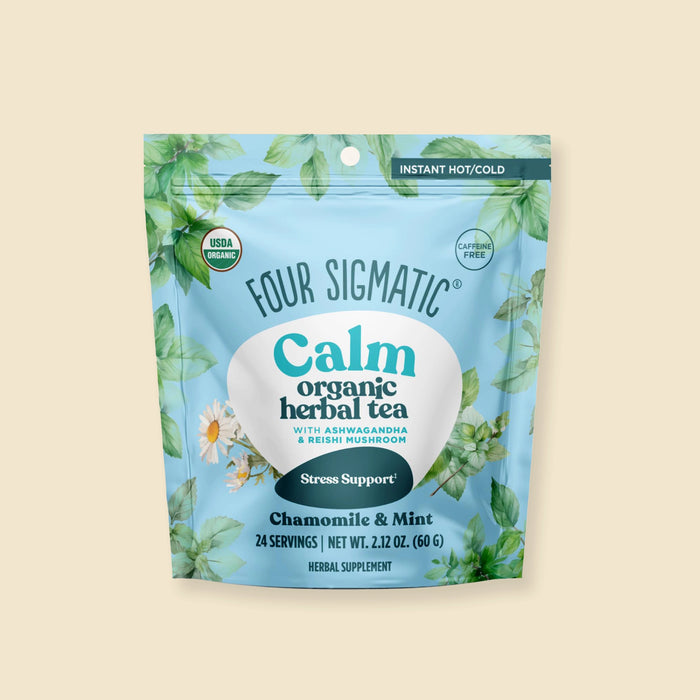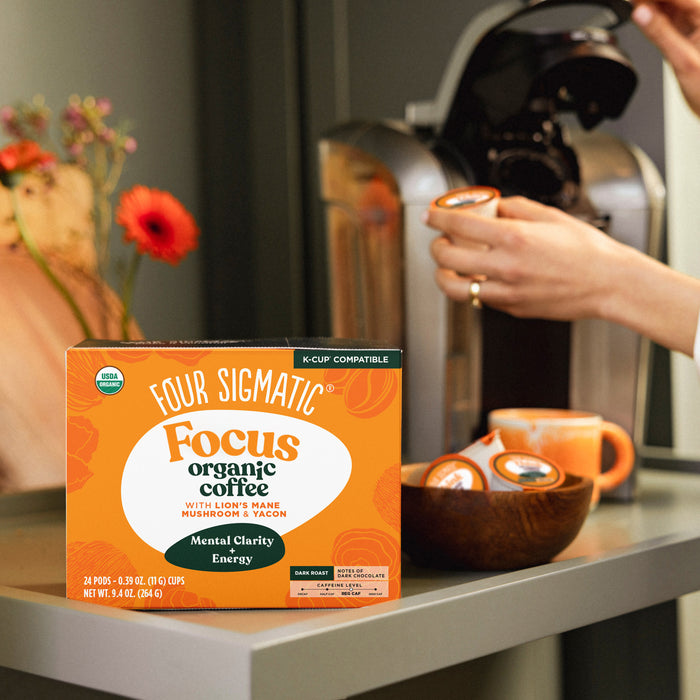Heavy Metals & Coffee
It’s more common than you think to find trace amounts of heavy metals in coffee. While this is true, it’s important to note that these levels are:
- Usually very low (like less than 1 millionth of a gram in a single cup of coffee)
- Typically well within the safety limits set by the FDA and World Health Organisation (WHO).
But here’s the catch—some coffees have concerningly high levels of heavy metals. That’s why it’s essential to choose a brand that goes above and beyond to test and ensure your coffee is safe.
Extra steps are taken to ensure all Four Sigmatic coffee is safe, non-toxic, and the highest quality organic Arabica coffee chock-full of beneficial superfoods (aka functional mushrooms, adaptogens, vitamins, minerals, and more) for superior energy and focus!
How Do Heavy Metals End Up in Food?
Naturally Occurring in Soil 🌱
Heavy metals like lead, cadmium, and arsenic are naturally found in the earth's crust. 🌎 So anything grown in soil is going to pick up some heavy metals.
That said, unusually high amounts of heavy metals are not “naturally occurring.” Typically, it happens when manufacturers use low-cost, low-quality growing conditions.

It’s Impossible to Avoid Completely
Pretty much everything we eat nowadays has some trace amounts of heavy metals absorbed in them if the food was grown from soil. Even healthy foods like leafy greens and root vegetables naturally contain some heavy metals.
🚨But here’s where it gets tricky—your body doesn’t easily get rid of heavy metals.
Instead, they can build up in your bones, tissues, and organs. Over time, this slow accumulation may cause health problems, from nerve damage to kidney issues. That’s why it’s crucial to choose a coffee like Four Sigmatic Focus Organic Ground Coffee, which is tested for heavy metals and other toxins, keeping your morning routine as clean and safe as possible.
But be wary of foods that are abnormally high in heavy metals
Environmental pollution 🏭, unsafe farming with chemical fertilizers or pesticides, and industrial practices can cause an unsafe amount of heavy metals in foods. Always opt for brands where quality is a priority! For example, look for organic products and brands that test 🔬for heavy metals (both things we do here at Four Sigmatic).
Are Heavy Metals Dangerous?
Yes. At high levels, heavy metals are toxic.
A very small amount of metals are filtered out through urine, but most of them tend to hang around in your tissues, bones, and blood. 🧬 These metals build up over time—and that’s when the trouble starts. 🚨
They can mess with your body’s cells and cause serious health issues over time. Prolonged exposure to metals like mercury, lead, and cadmium can lead to cancer, nerve damage, and kidney issues.
However, its important to remember that some heavy metals (like iron and zinc) are actually super important for your body function. 💪 For example, iron helps your red blood cells carry oxygen. Zinc is important for enzymes to do their job. Yet, too much of either are toxic for your body.
👉 Bottom Line: Small amounts are unavoidable, but it's critical to minimize exposure by choosing products that you consume regularly—like coffee—that are held to the highest safety standards.
The Most Toxic Heavy Metals List
The four heavy metals that are considered the most toxic are:
-
Cadmium
-
Mercury
-
Arsenic
-
Lead
Other common heavy metals include antimony, chromium, cobalt, copper, nickel, selenium, silver, thallium, and zinc.

Health effects of toxic heavy metals:
In general, long-term exposure to heavy metals may lead to cancer, brain and nerve defects, and harm your circulatory system. The effects depend on the type of metal and how much you’re exposed to.
Here’s a quick breakdown of the most toxic heavy metals, their health effects, and where abnormally high levels come from:
Lead
- Lead is a naturally occurring metal once used widely in gasoline. Prolonged exposure lowers IQ and damages the nervous system.
- Lead is used in the production of batteries, ammunition, and metal products (solder and pipes).
- In recent years, there’s a lot less lead in use but it is still a common pollutant in many foods.
- Previously, the biggest reason for high lead pollution in the air was the lead-infused gasoline used in cars 🚗 which are now banned.
- Nowadays, the main environmental source of lead is air pollution from factories. 🏭
Arsenic
- Arsenic can be found in soil and even drinking water. It’s a carcinogen that can affect the liver, nervous system, and skin.
- The main commercial use of arsenic is for strengthening copper and lead.
- It is also used in electronic devices, preserving wood, and in the production of pesticides.
- Most people end up ingesting arsenic through drinking water 💧but other significant sources can also be vegetables, fruits, and rice. 🥦
Mercury
- Mercury accumulates in fish and shellfish 🐟 (generally the bigger the fish the more the toxin). Mercury is very toxic, especially to neurological and kidney systems.
- Mercury is literally a heavy metallic element. Its nickname, quicksilver, comes from the fact that it stays as a liquid at room temperature.
- On a gram-per-gram basis, mercury is, by far, the most toxic of all the heavy metals. Mercury is the most toxic in its organic forms such as dimethylmercury and methylmercury.
- It can affect neurological development and the renal (kidney) system.
Cadmium
- Cadmium doesn’t corrode easily, making it useful in batteries, 🔋metal coatings, and plastics. It can harm the kidneys, liver, and immune system.
- As batteries have taken a huge leap forward, the popularity of cadmium has luckily been decreasing.
- Cadmium accumulates in the atmosphere and in plants because of the modern metal industry and zinc production.
- In certain areas of developing countries, bad air pollution results in contaminated products with high levels of cadmium.
- Products harvested from the ocean (seafood and seaweed) often contain cadmium as well. 🌊
Foods High in Heavy Metals
Coffee is not the only food that could contain heavy metals. Most of the foods you eat regularly contain trace amounts of naturally occurring metals:
- Rice (high in arsenic)
- Shellfish (high in mercury)
- Leafy greens (high in cadmium)
- Root vegetables (high in lead)
- Fish especially larger species (high in mercury)
- Chocolate (high in cadmium)
Just remember, you can (and should) eat many of these nutrient-rich foods. But it's important to look for high-quality brands that test for heavy metals to ensure you're getting the benefits of these foods, sans unnecessary toxins.
👉 Bottom line: No naturally grown food is 100% free of heavy metals. There are safe limits on how much can be consumed without affecting your health.
Tips to reduce heavy metals
Here’s how you can lower your heavy metal exposure from food:
- Buy from trusted brands with strict testing standards (like Four Sigmatic 😉).
- Drink spring water whenever possible (high-quality filtered water is a good next option).
- Avoid eating too much fish high in mercury (e.g., tuna, swordfish).
- Opt for organic produce whenever possible (or at least avoid “the dirty dozen”).
- Wash fruits and vegetables thoroughly to remove soil contaminants (try soaking our produce in a bath of vinegar + water for a few minutes to clean them!).
The “Safe” Amount of Heavy Metals
So if heavy metals are naturally occurring and unavoidable, then how much is safe? And how much is too much? Here’s when toxic levels become a problem.
Understanding Heavy Metal Limits 📊
When we talk about heavy metal limits, you’ll see the terms PPM and PPB. Let’s wrap our heads around those first.
PPB (parts per billion) and PPM (parts per million) measure tiny amounts of a substance in food. Even itty-bitty-tiny amounts can be closely monitored to make sure our food is safe.
- Parts per Million (PPM) = 0.000001 of 1. It is the same as 1 drop of water in 50 liters.
- Parts per Billion (PPB) = 0.000000001 of 1. This is the same as 3 seconds out of a century.
Maximum Allowable Limits: Who Sets the Standard?
The Maximum Allowable Limit (MAL) for heavy metals in food is determined by regulatory bodies such as the U.S. Food and Drug Administration (FDA), Environmental Protection Agency (EPA), World Health Organization (WHO), and European Food Safety Authority (EFSA). These limits are set to ensure that consumers aren’t exposed to harmful levels of metals over time.
The levels are based on scientific research on how much of these metals the human body can safely tolerate without adverse health effects.
These limits account for daily exposure across multiple sources, aiming to minimize the risk of metal toxicity, which can damage the nervous system, organs, or even lead to certain types of cancer.
Action Levels vs. Maximum Allowable Limits
An Action Level is typically lower than the MAL and is different depending on the organization or manufacturer. Action levels are often set by manufacturers or certain states (like California with Prop 65) as a proactive measure. It serves as a threshold for taking corrective action before a product exceeds the MAL, ensuring extra safety.
- Maximum Allowable Limits are the absolute upper limit where health risks begin.
- Action Levels are typically more conservative, triggering responses before MALs are reached, offering an extra layer of consumer protection.
Four Sigmatic Coffee is Tested to Ensure Safety
Strict Standards = Cleaner Coffee ✅
At Four Sigmatic, we use global regulatory limits and guidance from industry experts to set strict maximum limits for heavy metals in our products. (In fact, the FDA doesn't actually have limits for naturally occurring lead, arsenic, cadmium, or mercury in coffee for adults).

We test so so that our products contain:
- Less than 0.5 ppm of lead
- Less than 5 ppm of arsenic
- Less than 0.5 ppm of cadmium
- Less than 0.1 ppm of mercury
Even with strict limits, we find that our products generally have much lower heavy metal content than our maximum allowable levels.

Four Sigmatic Coffee: Your Clean, Safe Choice
With Four Sigmatic’s Focus Organic Ground Coffee, you don’t have to worry about heavy metals ruining your morning routine. Our coffee undergoes rigorous 3rd party testing for heavy metals, molds, bacteria, and pesticide residues—ensuring your coffee is safe and loaded with benefits.
4 Reasons to Switch to Four Sigmatic Focus Organic Coffee
- USDA Organic Arabica Beans 🌱 : No chemical fertilizers or pesticides.
- Infused with Superfoods 🍄 : Lion’s mane and chaga add enhanced focus and immune support.
- Third-Party Tested 🔬 : Beyond FDA standards, we test for even more contaminants.
- No Recalls—Ever ❌ : We’ve never had a product recall, and we intend to keep it that way!
Daily Coffee = Daily Exposure ☕
What you consume daily matters. Drinking coffee multiple times a day, EVERY DAY, means you’re exposed to whatever’s in that coffee regularly. If there are heavy metals or other toxins, they’re slowly building up in your system, increasing your risk of health problems in the long run. That’s why choosing a safe, tested, and clean coffee like Four Sigmatic is so important.
Your daily routine can either support your health or put it at risk. Make sure it’s doing the former! 🚀
Four Sigmatic Quality
Superstar suppliers: it starts at the source 🌱
At Four Sigmatic, we believe great products start with great partnerships. That’s why we work closely with top-tier farmers and packing facilities (like our coffee roasters) to ensure they’re certified and regularly audited. We don’t cut corners when it comes to quality! 🌟

What are Good Manufacturing Practices (GMPs)?
All of our products are made following Good Manufacturing Practices (GMPs). These FDA-enforced guidelines make sure that everything—from ingredients to facilities—is held to the highest safety and quality standards consistently. 💯
Here’s what GMPs cover:
- Ingredients & materials 🌾
- Equipment & facilities 🏭
- Staff training & hygiene 🧼
By documenting and consistently following the detailed, written procedures at each step in the manufacturing process, we ensure the quality of each batch of our products.

Testing beyond just heavy metals 🧪
Our testing doesn’t stop at GMP requirements. 🔬We take it up a notch with independent, third-party labs to test for:
- 🛡️ Heavy metals
- 🌿 Molds & yeasts
- ❌ Mycotoxins
- 🦠 Bacteria
- 🚫 Pesticide residues
The quality and safety of a product might not always be just the sum of its parts. Even if all of the raw materials used are top-notch, there is a chance that contamination happens during processing or packaging. That is why we at Four Sigmatic make sure, by 3rd party testing, that the safety and quality of our finished products is what we guarantee it to be.

Our Complete Quality Control Program
Our complete quality control program includes inspection of the incoming ingredients, moisture content and personally taste-testing the product. 🧑🍳
At Four Sigmatic, quality isn’t just a job for our quality control department—it’s a team effort. Everyone is committed to creating the best products, every single time.

Keep sipping the magic ✨
Four Sigmatic coffee, like our best-selling Focus Organic Coffee, is infused with beneficial, organic, clean superfoods like lion’s mane, chaga, and reishi offers incredible health benefits. With 3rd party testing, high-quality sourcing, and instituting safe limits, you can enjoy the benefits without worrying about heavy metals or other toxins.
Fun fact: We’ve NEVER had a recall (and we plan to keep it that way!).
Got questions? We’re happy to chat mushrooms and quality! 😊 Email us at support@foursigmatic.com or text us at +1(213) 699-4616.
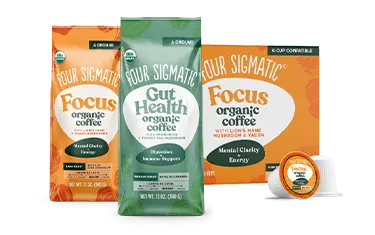 Coffees
Coffees
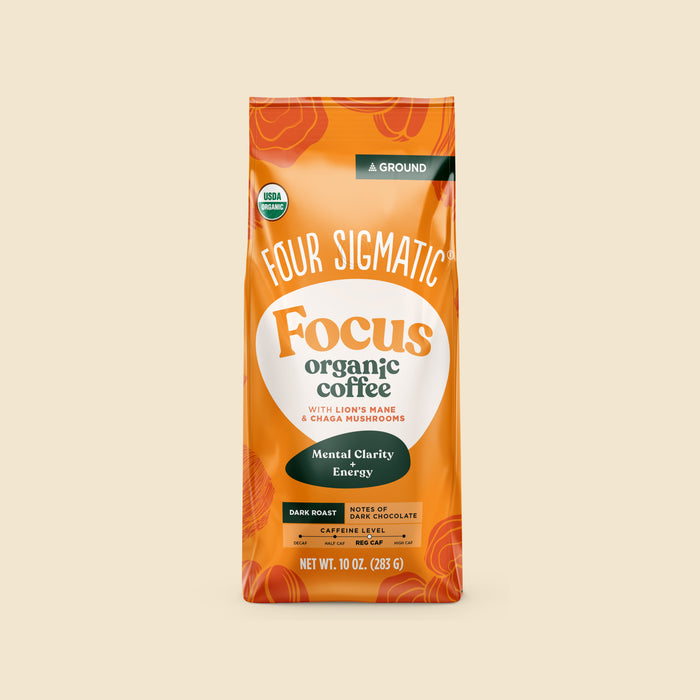
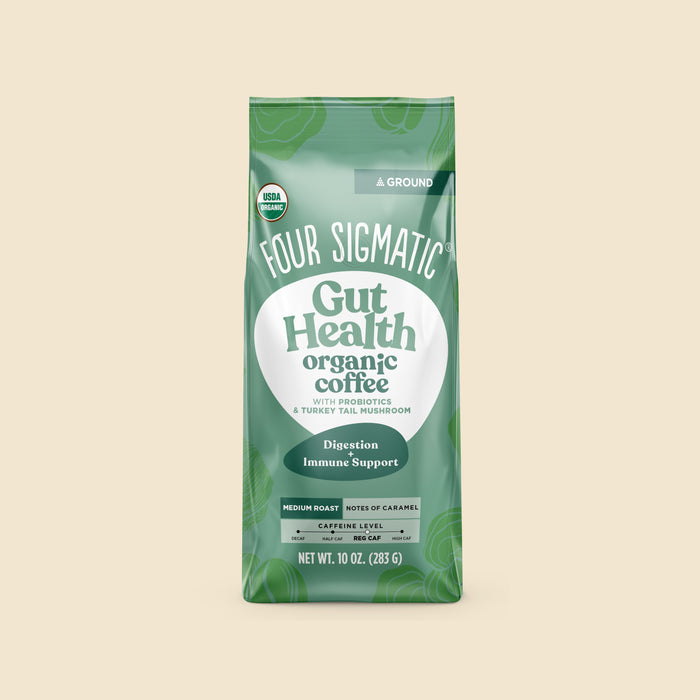
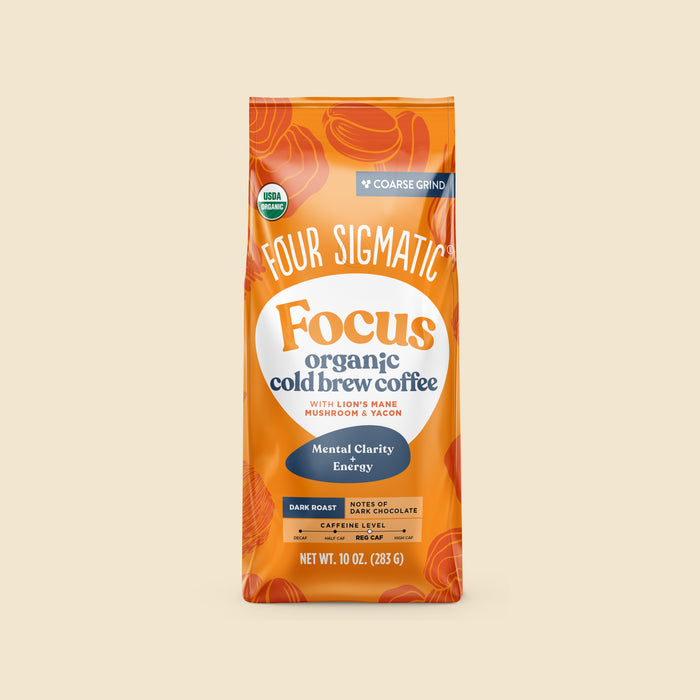
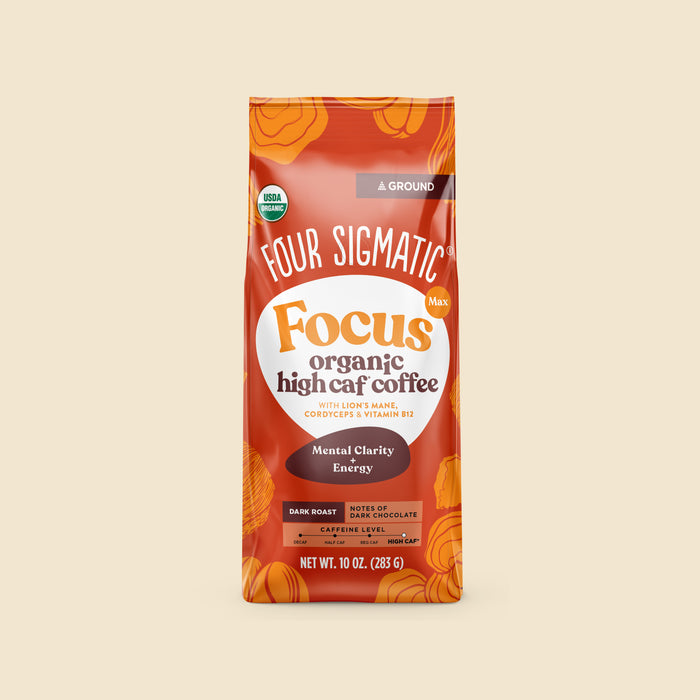
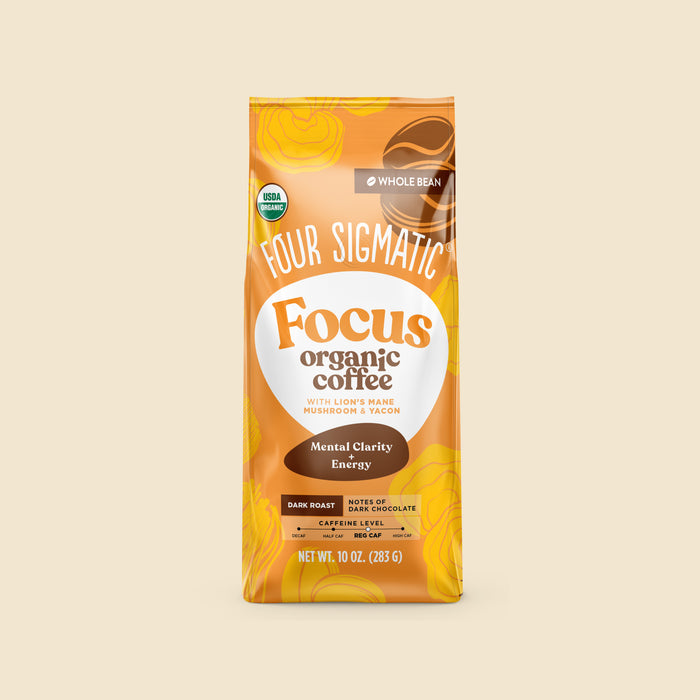
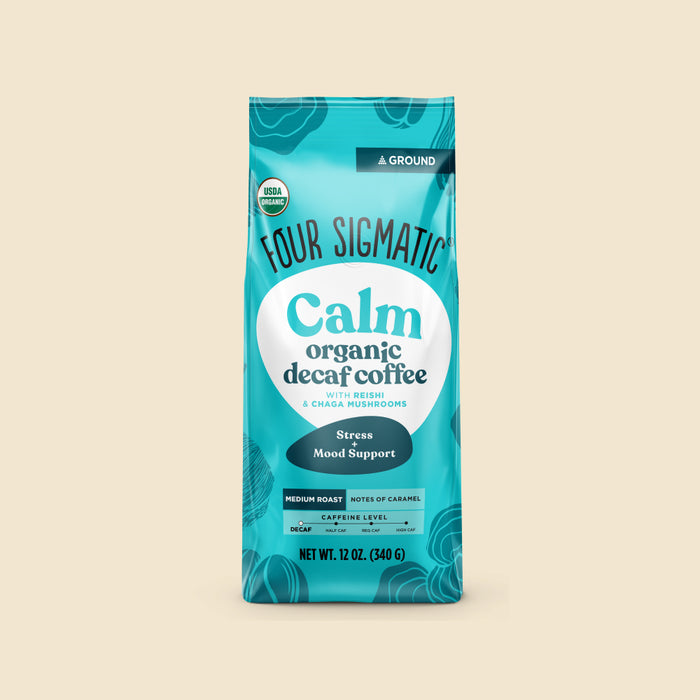
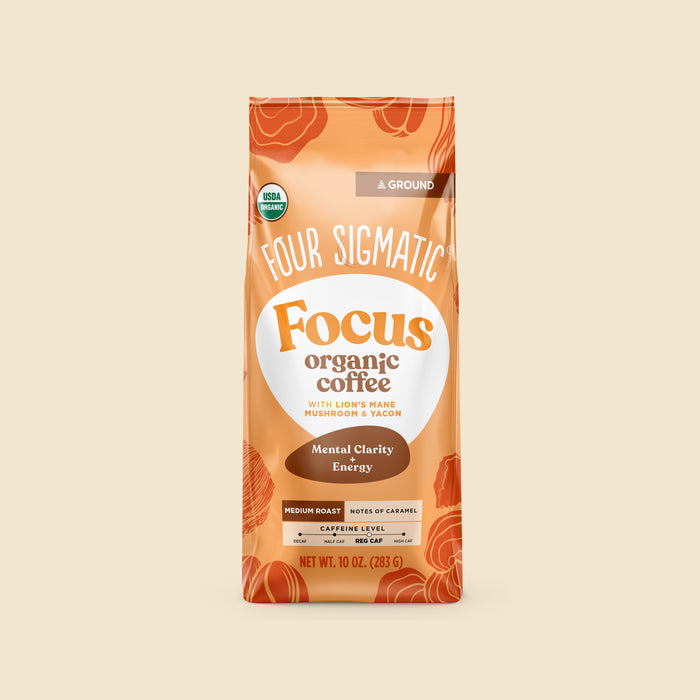


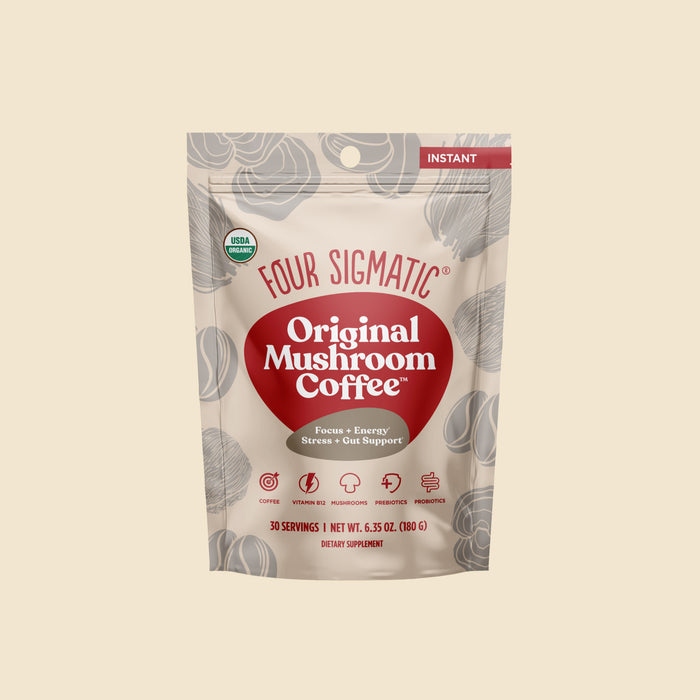
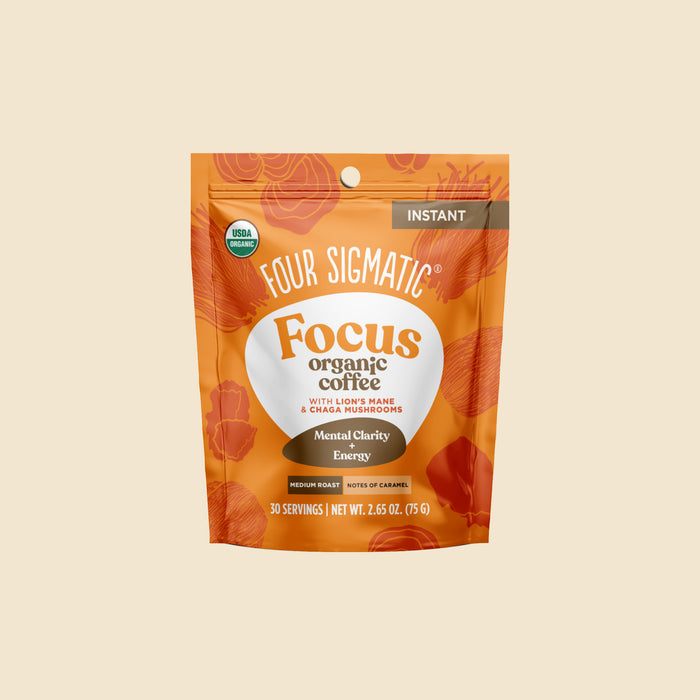
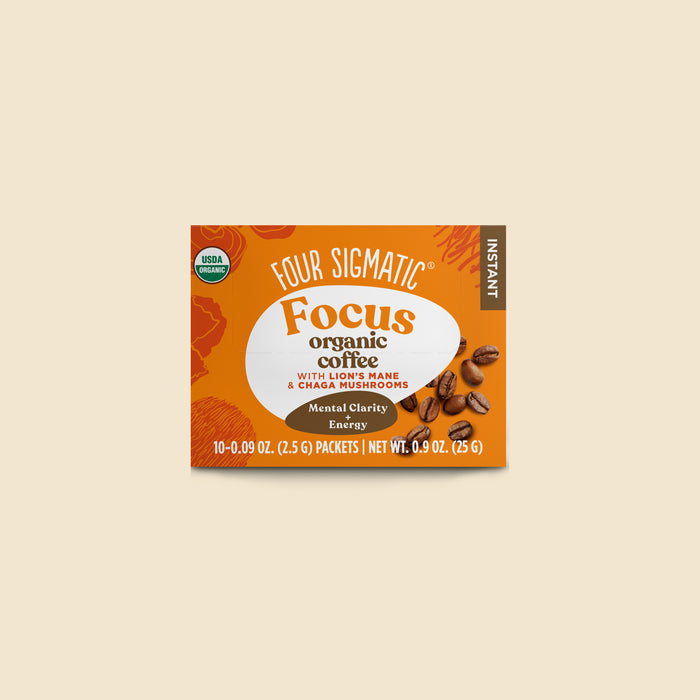
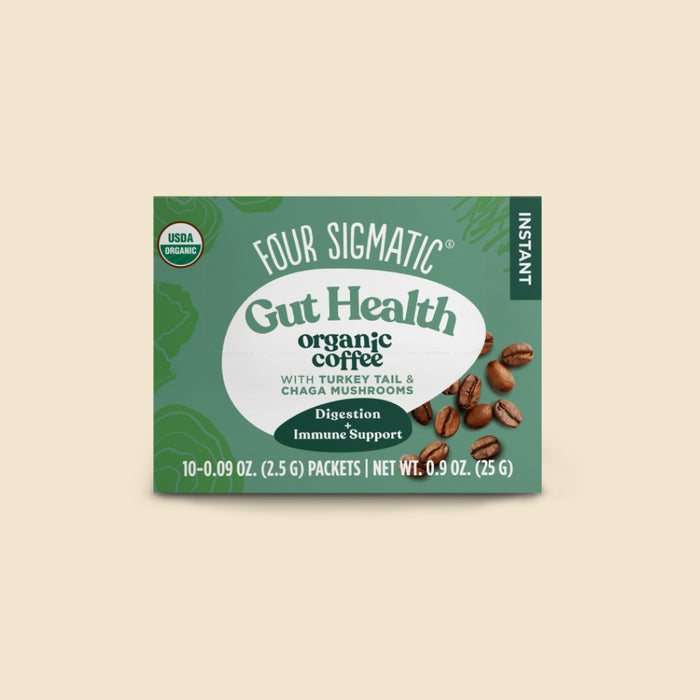
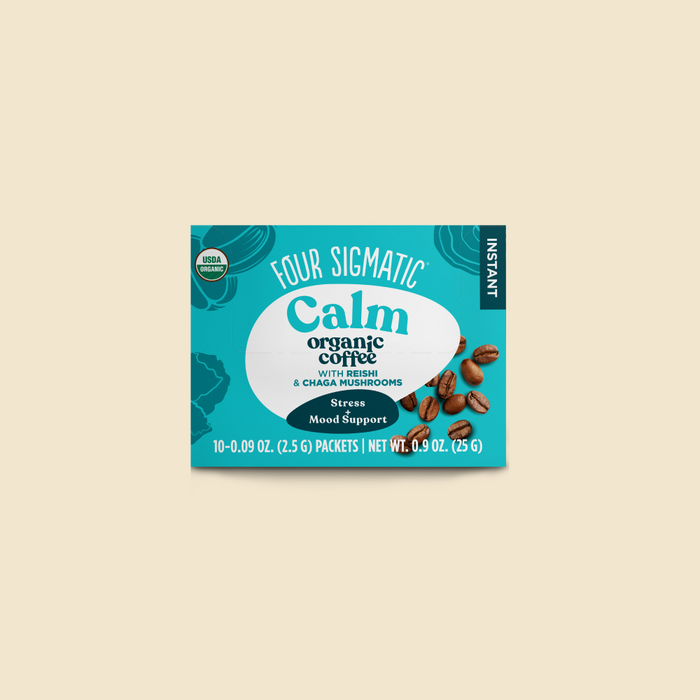
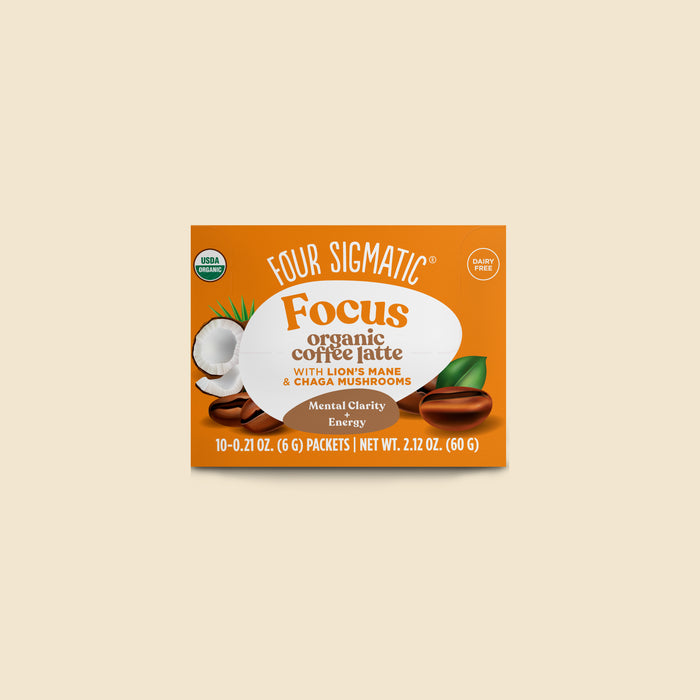
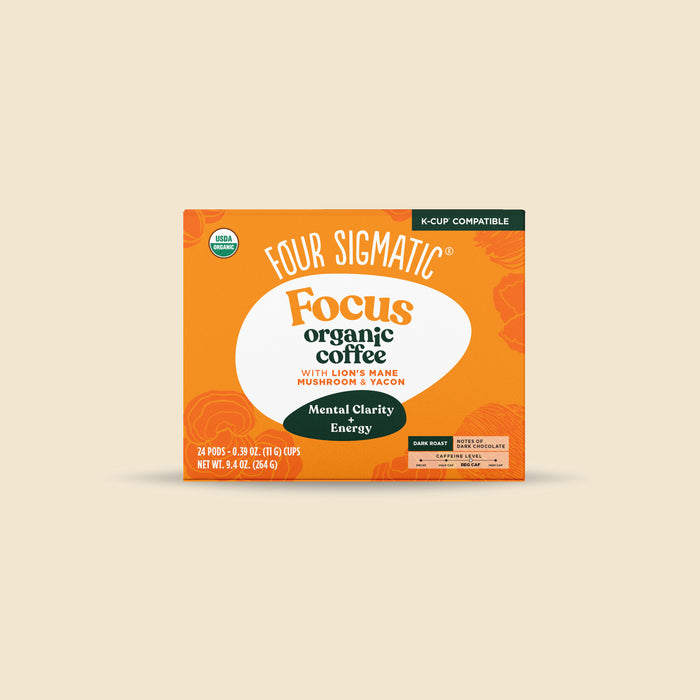
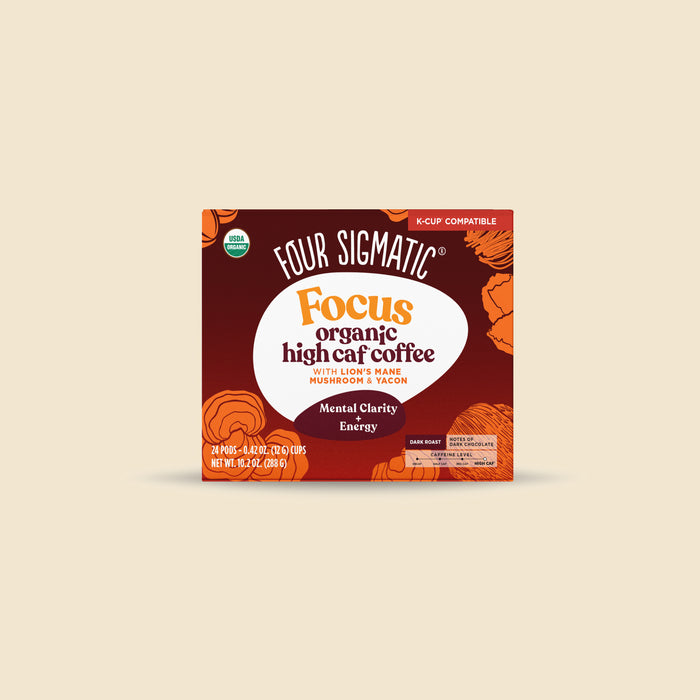
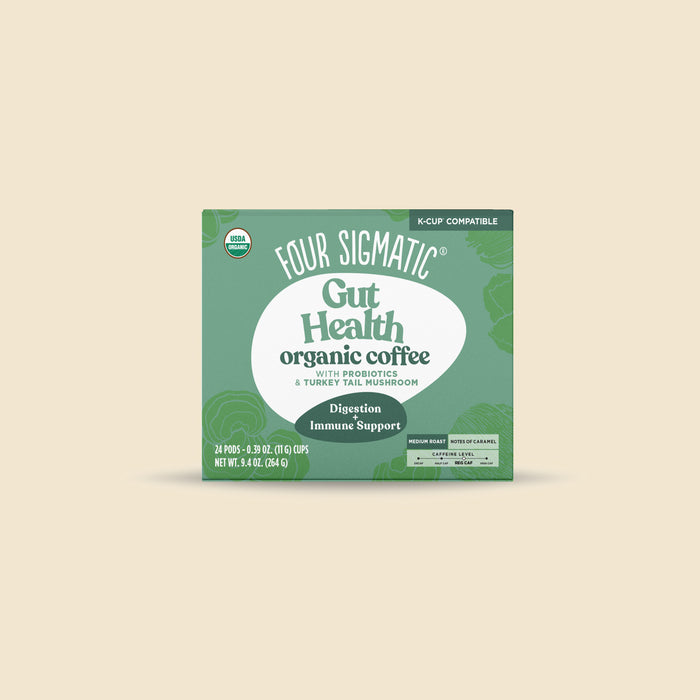
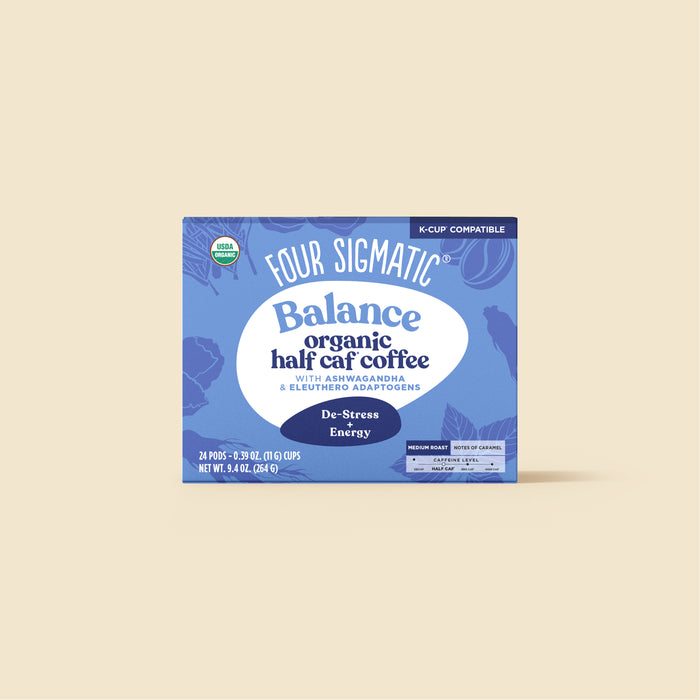
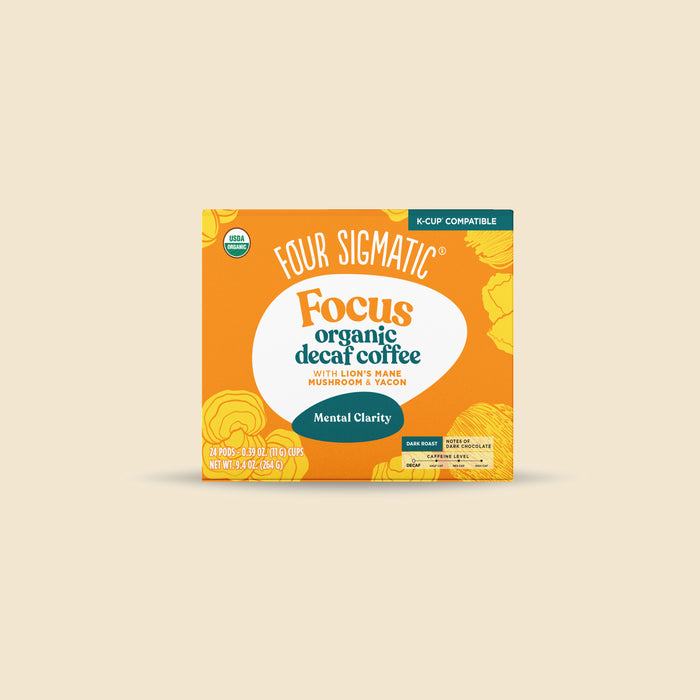
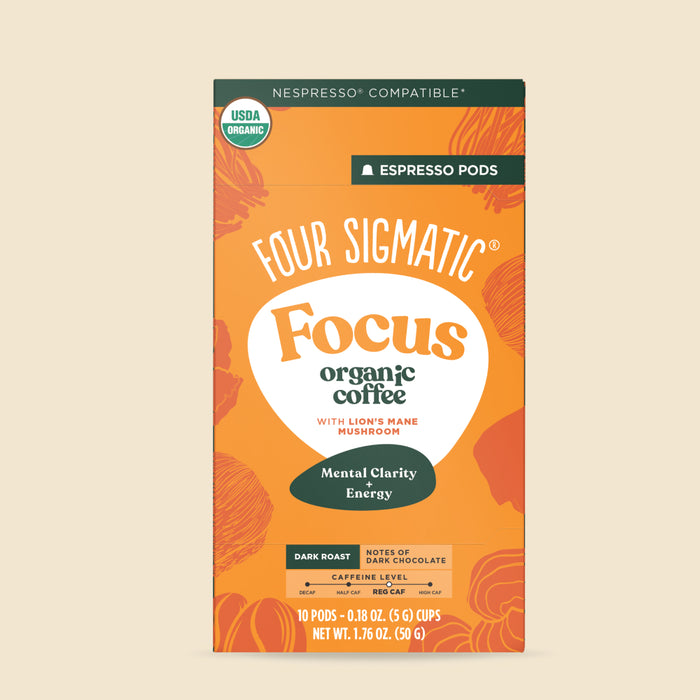
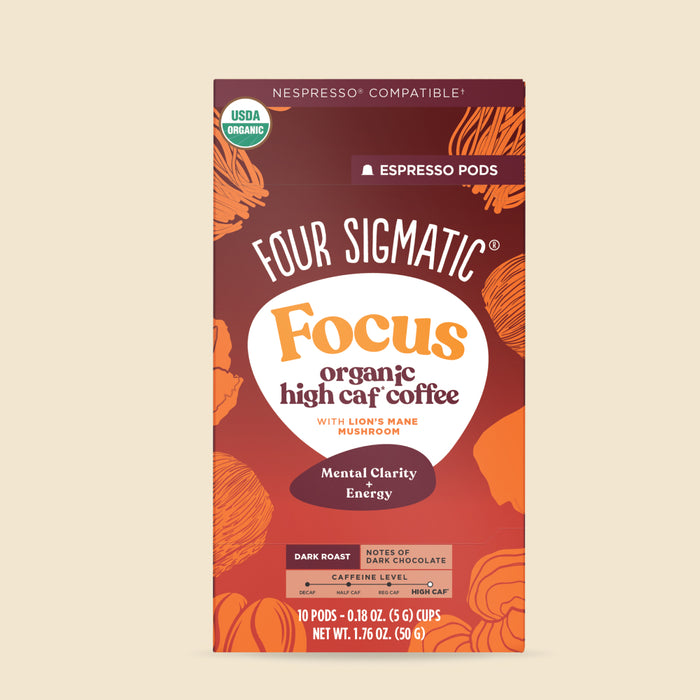
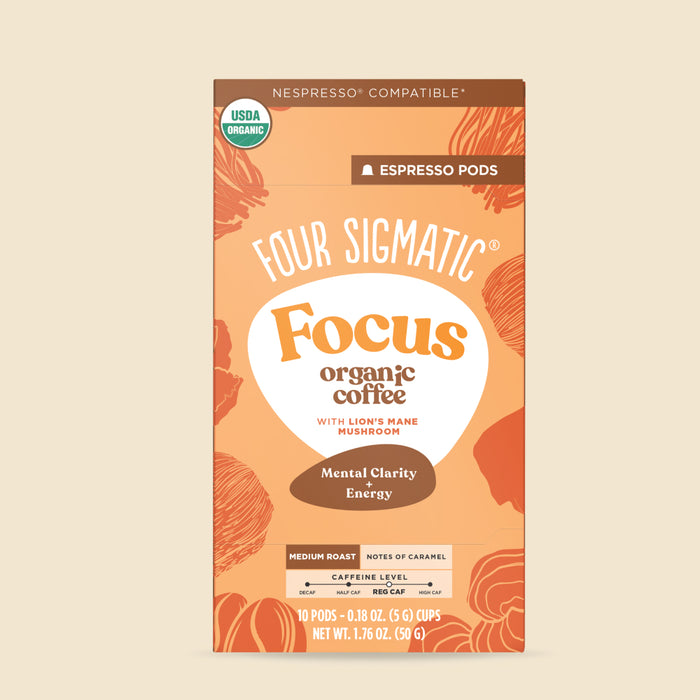
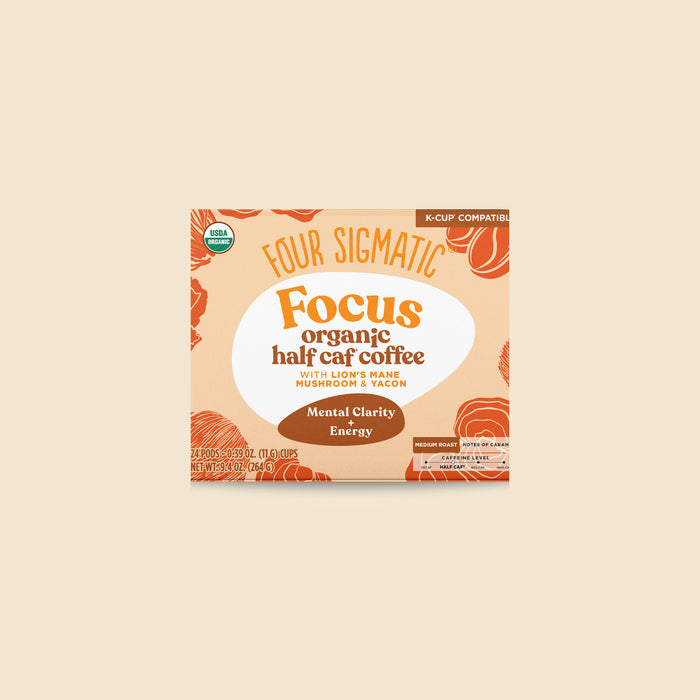
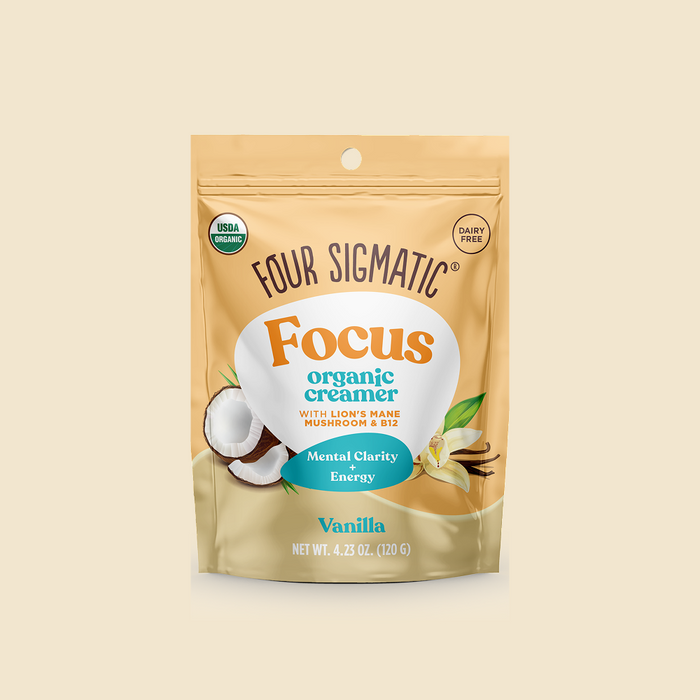

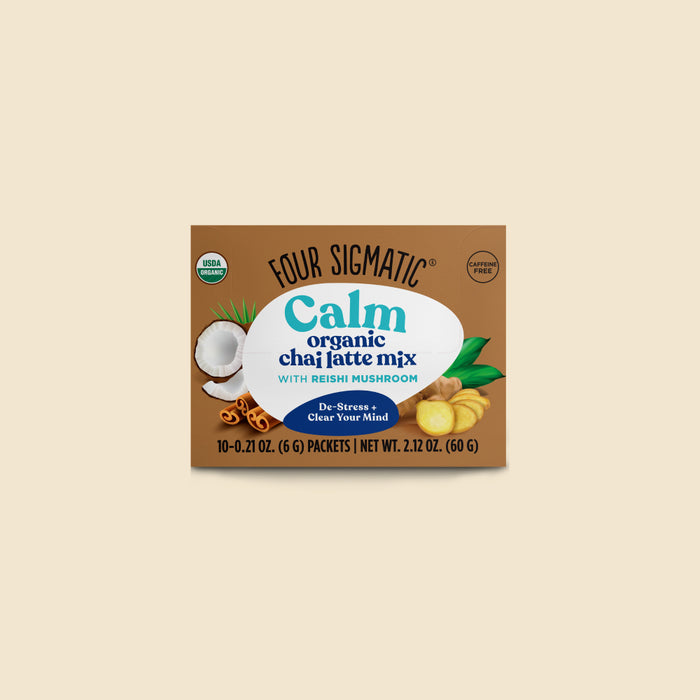
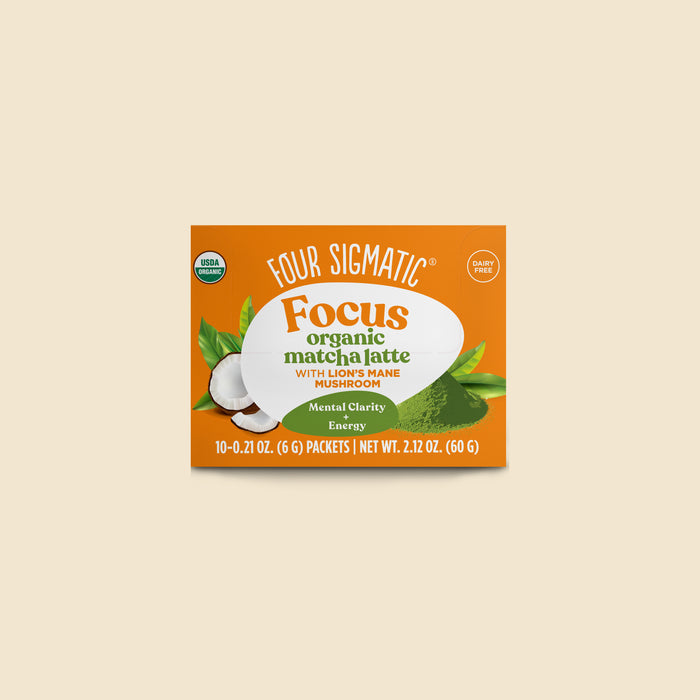
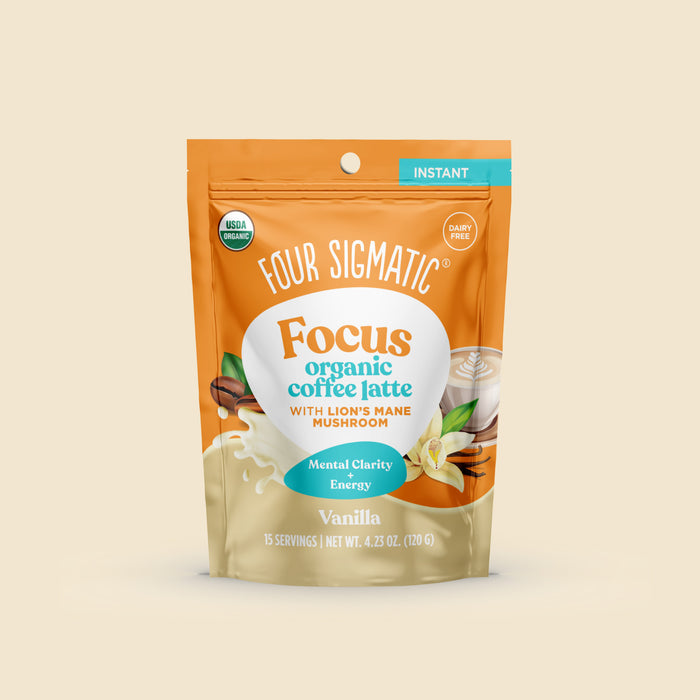
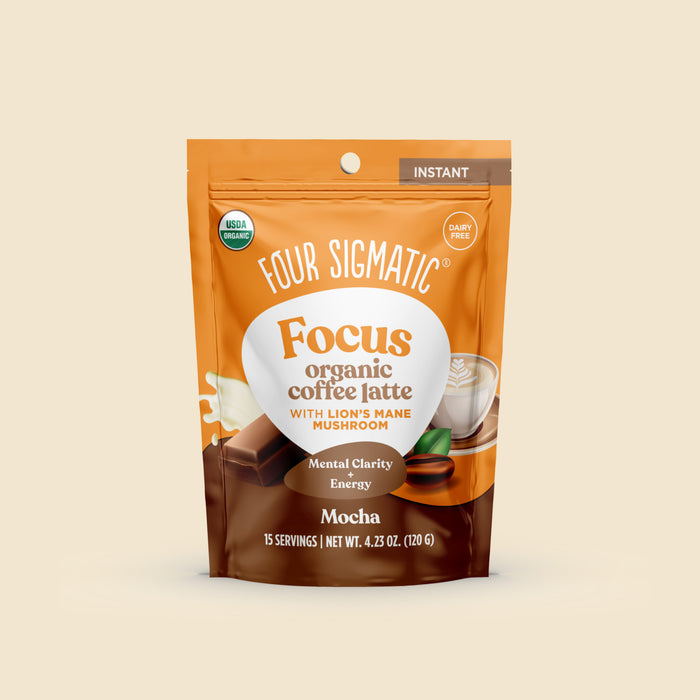
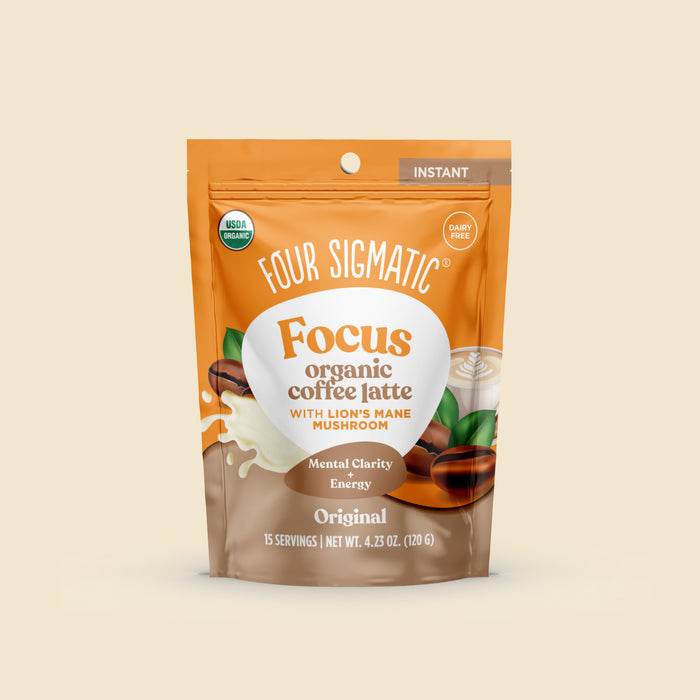
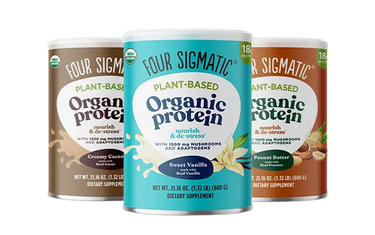 Proteins
Proteins
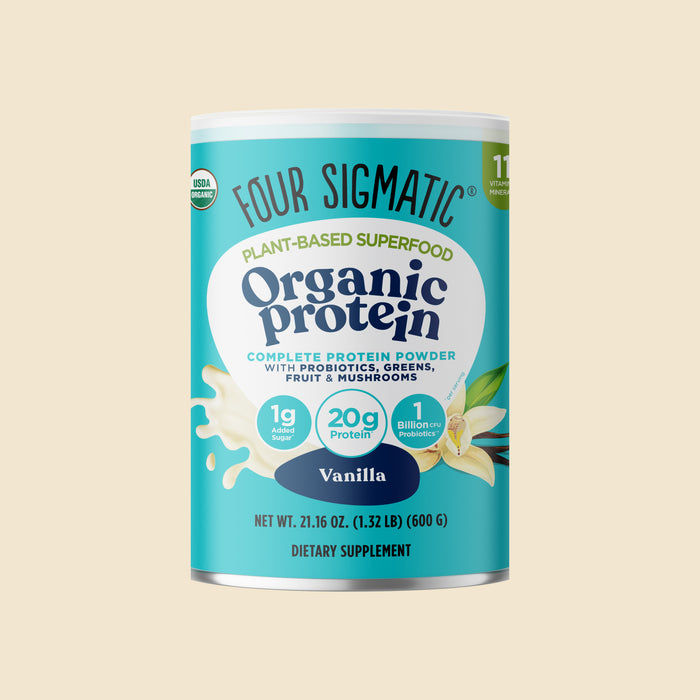
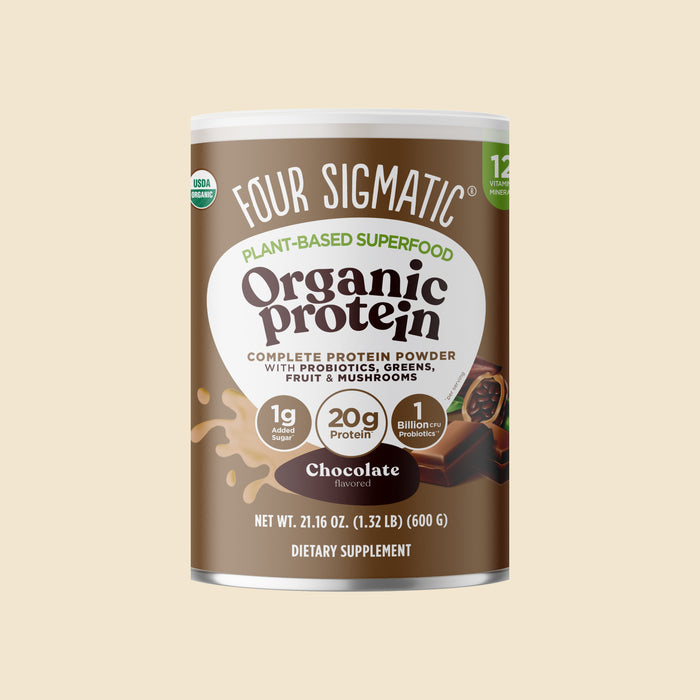
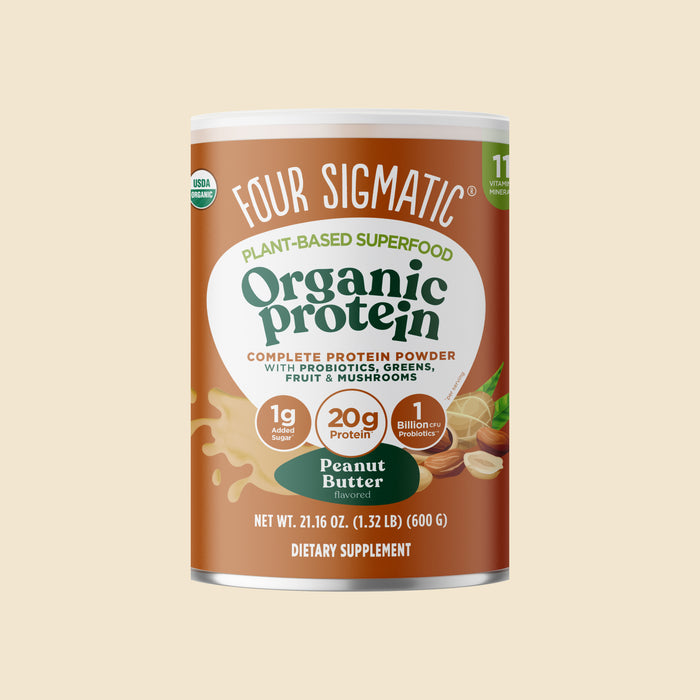
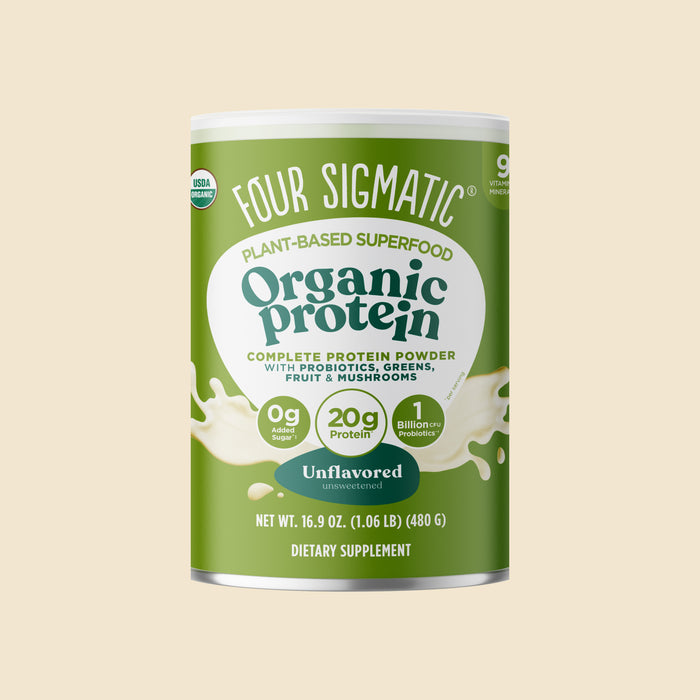
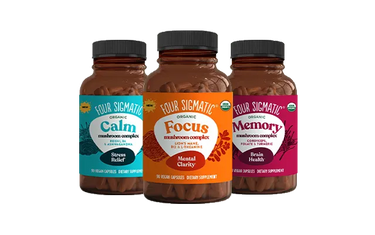 Supplements
Supplements
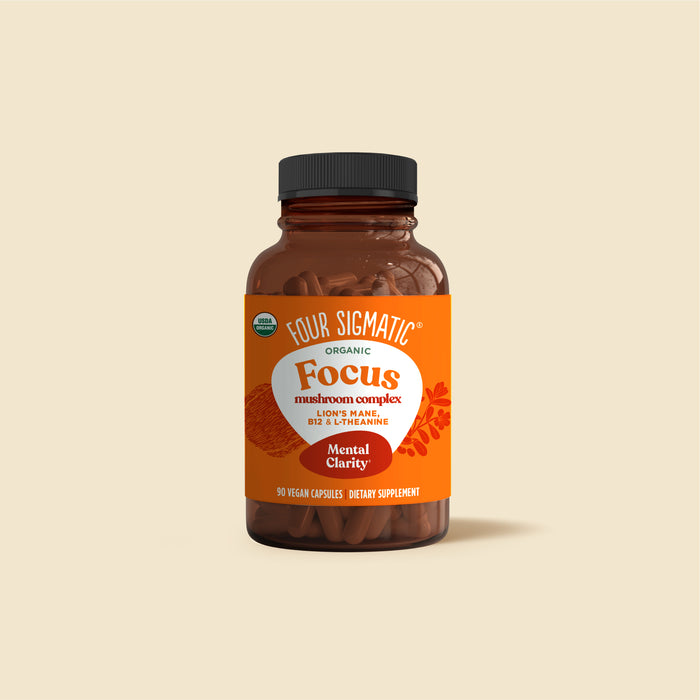
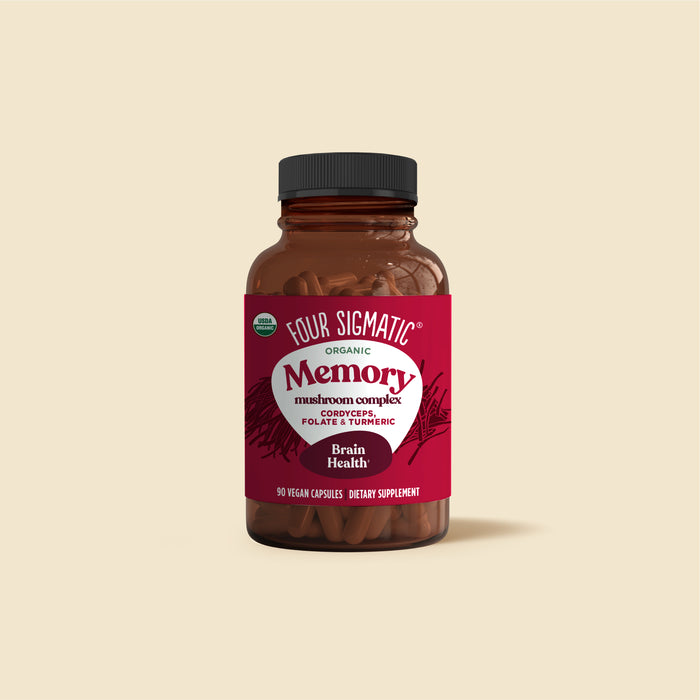
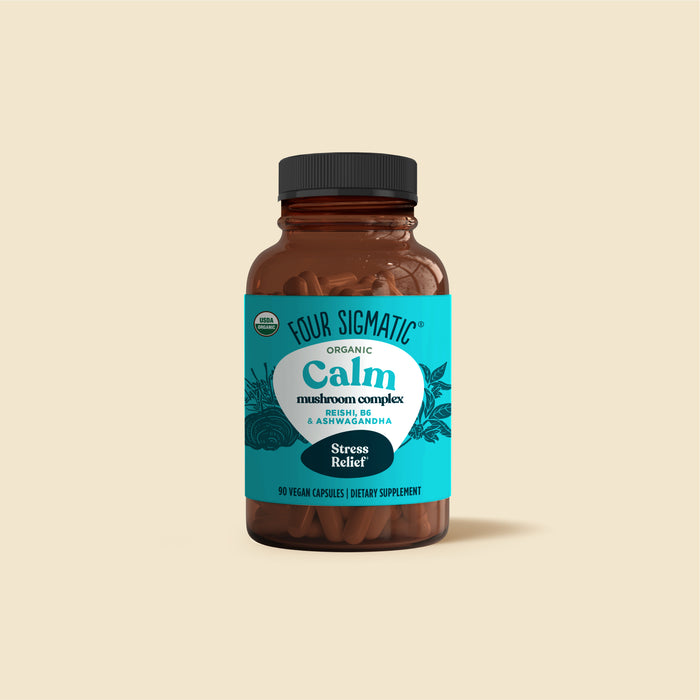
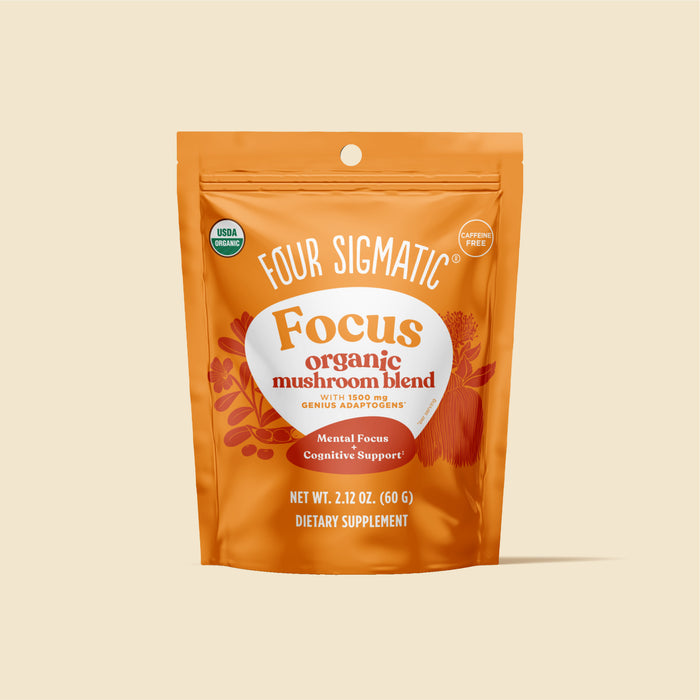
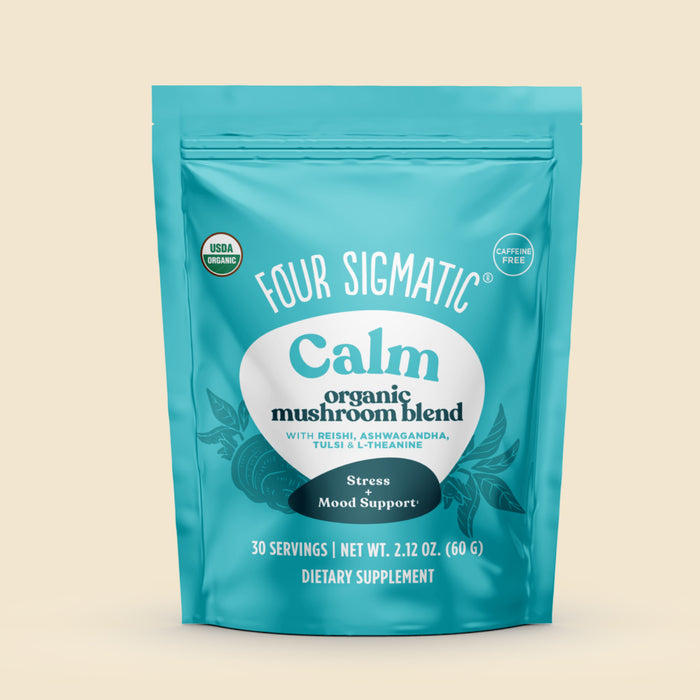
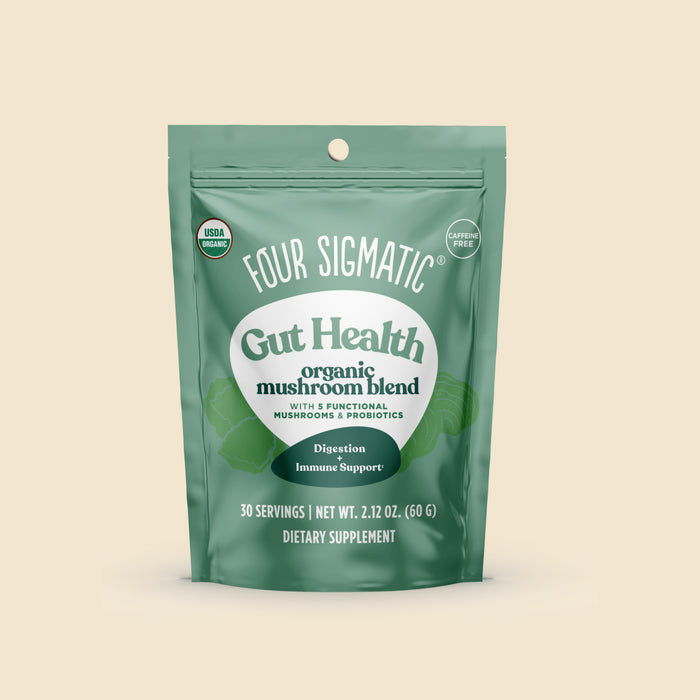

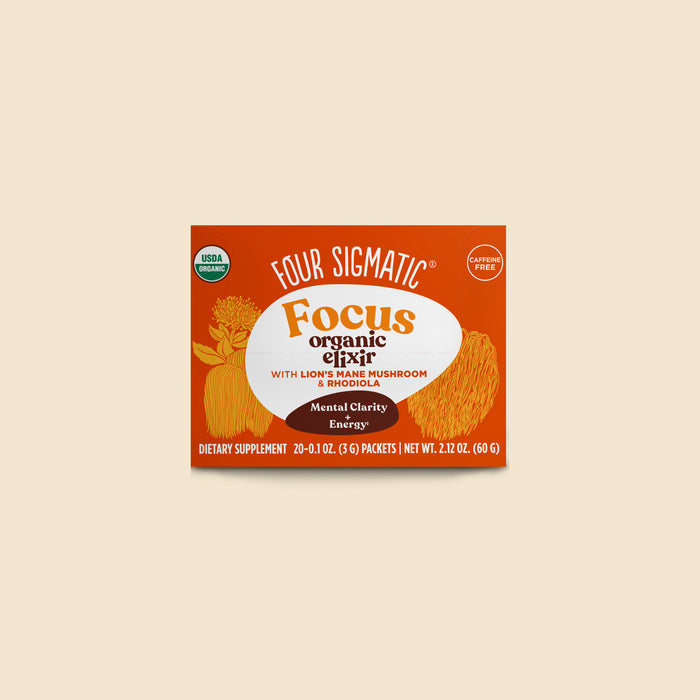
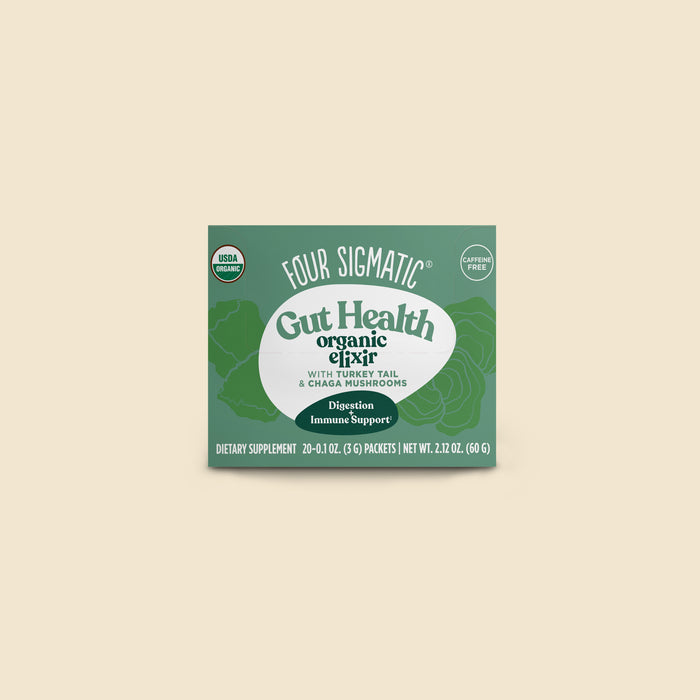
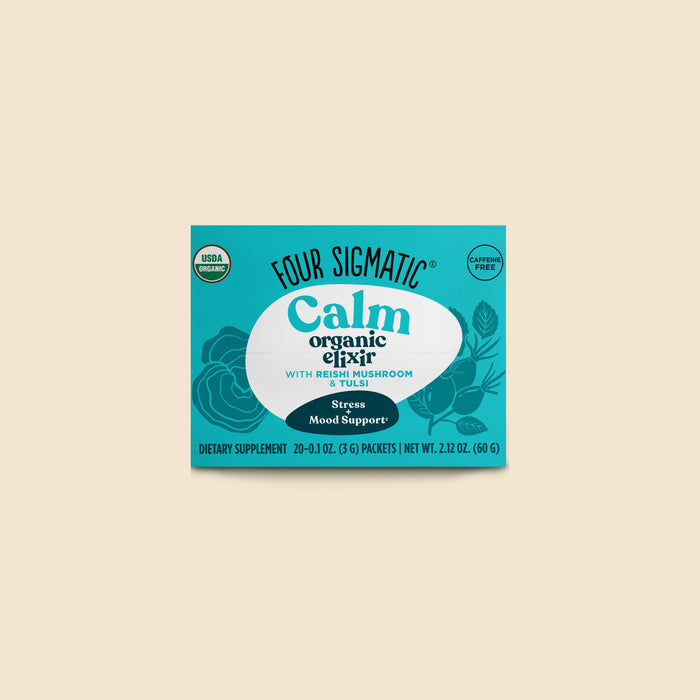
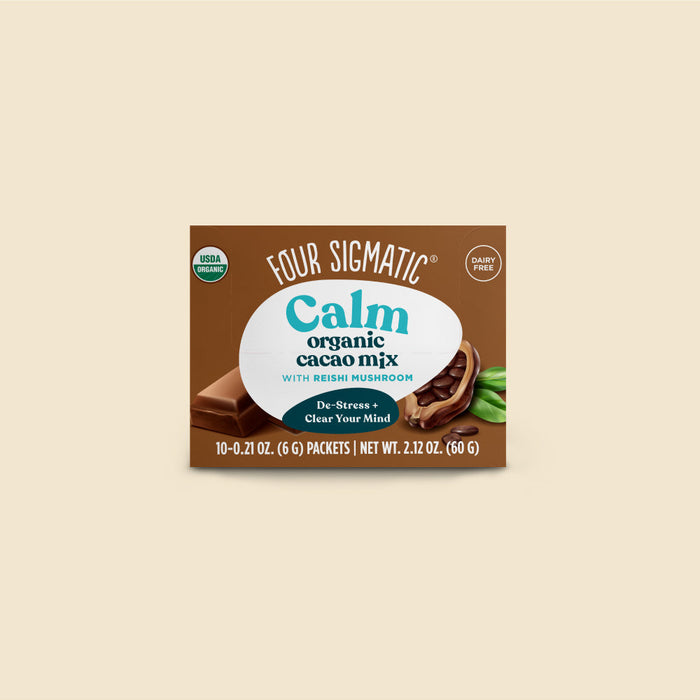
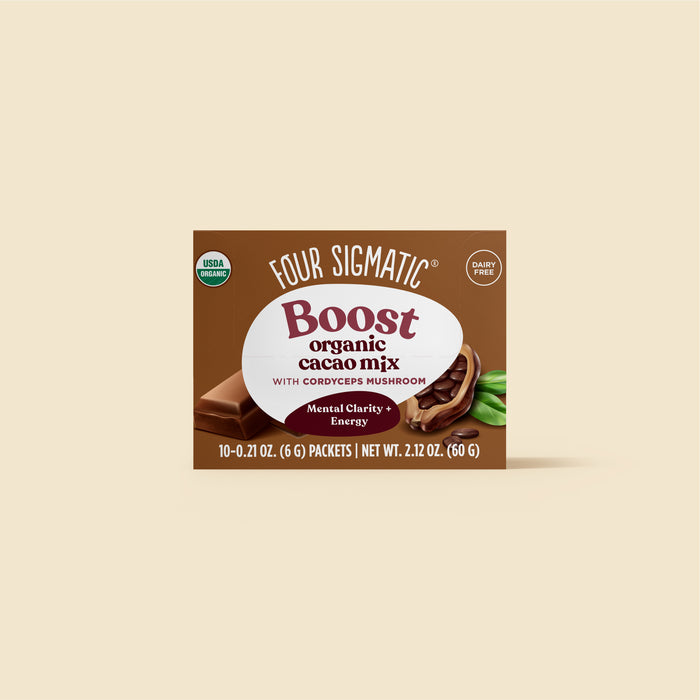
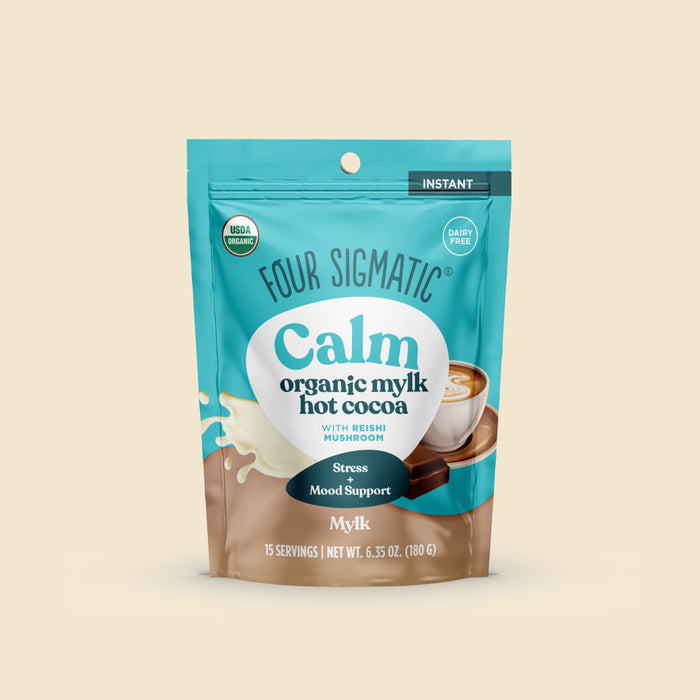
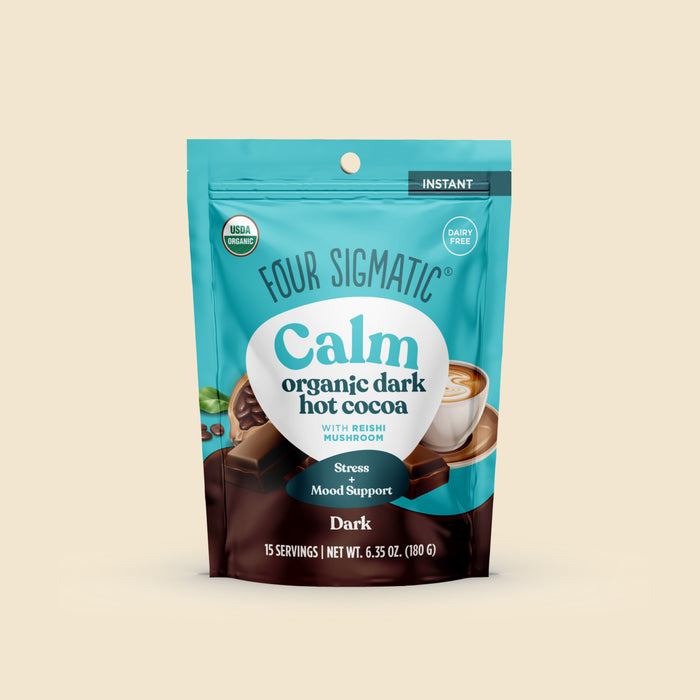
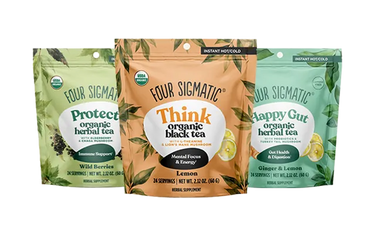 Instant Teas
Instant Teas
